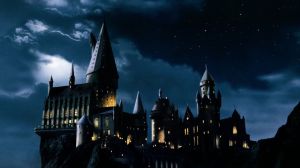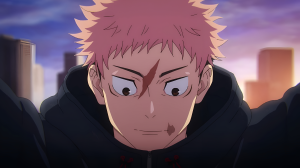Black Panther: Wakanda Forever executive producer Kevin Feige teased Namor’s future after his big debut. Tenoch Huerta’s antagonist made waves in the larger MCU as he battled with Shuri’s Wakandan hero in the sequel. But, according to the Marvel Studios president, fans should be expecting a surprise in these future titles in Phase 5 and 6. Feige wouldn’t give an exact project for Namor’s rousing return trip. But, he did gesture towards the 80 year history of the Marvel anti-hero. To speculate, the Sub-Mariner has done battle with The Fantastic Four in the past. And, the events of Thunderbolts do seem like an opportunity to have Talocan enter the picture if there’s the need for another team besides The Avengers.
Videos by ComicBook.com
“You know, people who read the comics know that there’s 80 years of stories with Namor that we can tap into,” Feige began. “So, where and when, we’ll keep to ourselves for now. But, we think that this is an incredibly iconic character that’s being introduced. Probably, to most people, most movie-goers for the first time. And we expect them to want to see more.”
What Motivated Namor’s New Origin?
One thing that immediately jumps off the screen when it comes to Talocan’s god-king is the fact that his interpretation in Wakanda Forever is unlike anything seen previously. Moore also spoke to Matthew Belloni on The Town about pivoting to such a different direction for Tenoch Huerta’s first appearance in the MCU.
He explained, “But in thinking about from a filming standpoint, what’s interesting about publishing is Atlantis feels very Greco-Roman, vaguely drawn, and Namor’s backstory isn’t as interesting as you want it to be. And this is from somebody who’s read all the Namor books. It was like… it doesn’t have the depth that it could have. And Ryan, as a filmmaker, likes things to be really anchored in the real world. So even when he was building Wakanda, it wasn’t the techno-jungle from publishing, it was, ‘Hey, here’s a place that’s really based on African cultures. And I think the specificity of that world is part of what made that first movie work.”
“And Ryan, again, is interested in exploring themes of colonization as he was in the first film, and started to look at nations that experienced that, and found some Mayan pottery with glyphs on it, where the people were blue,” Moore added. “And he was like, ‘Oh, that’s sort of interesting,’ and started to do some research into the history of Mayan people in the past and today, and felt like, ‘Oh, here’s an anchor point that could be really interesting,’ that gives Namor a specificity and gives, now, the world of Talokan a specificity that both narratively makes sense with the story I and Ryan wanted to tell and also visually is an incredibly rich playground to talk about.”
Where do you think we’ll see Namor next? Let us know down in the comments!








